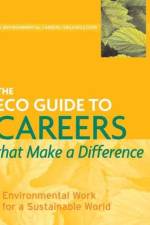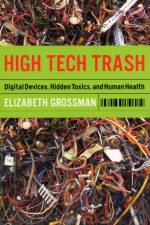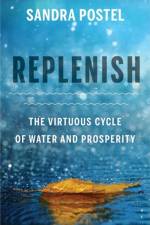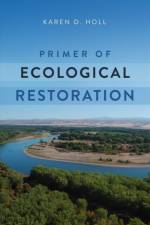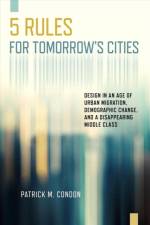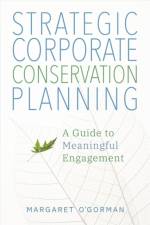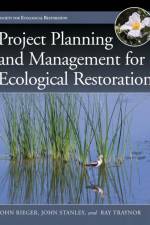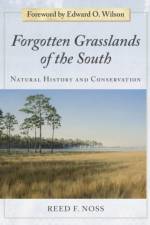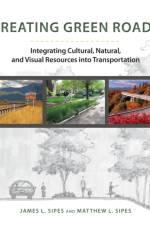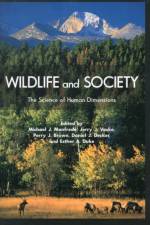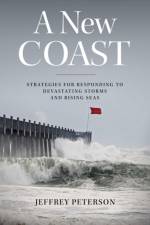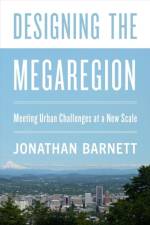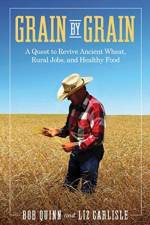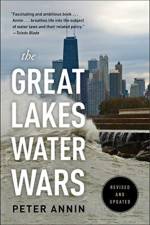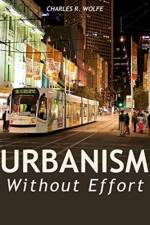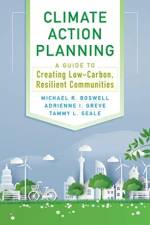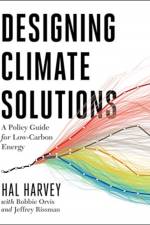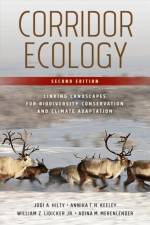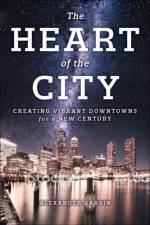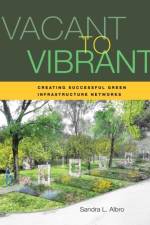av Elizabeth Grossman
325,-
The Digital Age was expected to usher in an era of clean production, an alternative to smokestack industries and their pollutants. But as environmental journalist Elizabeth Grossman reveals in this penetrating analysis of high tech manufacture and disposal, digital may be sleek, but it's anything but clean. Deep within every electronic device lie toxic materials that make up the bits and bytes, a complex thicket of lead, mercury, cadmium, plastics, and a hof other often harmful ingredients.High Tech Trash is a wake-up call to the importance of the e-waste issue and the health hazards involved. Americans alone own more than two billion pieces of high tech electronics and discard five to seven million tons each year. As a result, electronic waste already makes up more than two-thirds of the heavy metals and 40 percof the lead found in our landfills. But the problem goes far beyond American shores, mtragically to the cities in China and India where shiploads of discarded electronics arrive daily. There, they are "e;recycled"e;-picked apart by hand, exposing thousands of workers and community residents to toxics.As Grossman notes, "e;This is a story in which we all play a part, whether we know it or not. If you sit at a desk in an office, talk to friends on your cell phone, watch television, listen to music on headphones, are a child in Guangdong, or a native of the Arctic, you are part of this story."e;The answers lie in changing how we design, manufacture, and dispose of high tech electronics. Europe has led the way in regulating materials used in electronic devices and in e-waste recycling. But in the United States many have yet to recognize the persisthuman health and environmental effects of the toxics in high tech devices. If SilSpring brought national attention to the dangers of DDT and other pesticides, High Tech Trash could do the same for a new generation of technology's products.

